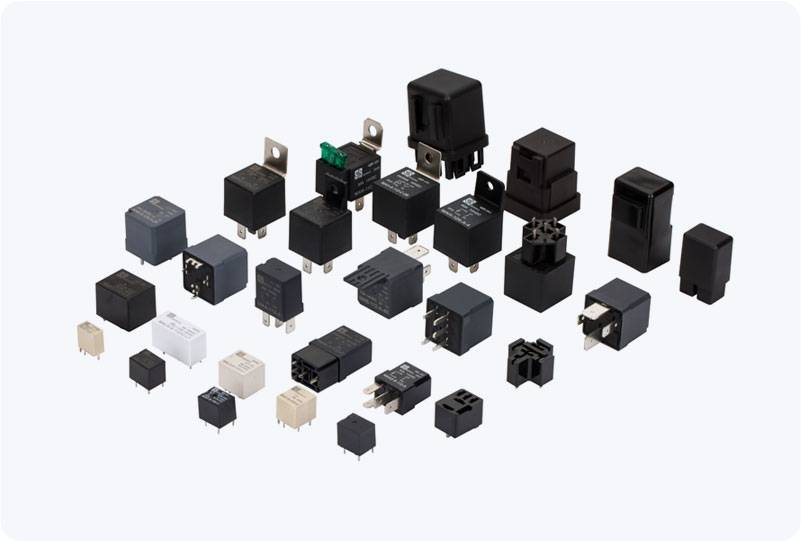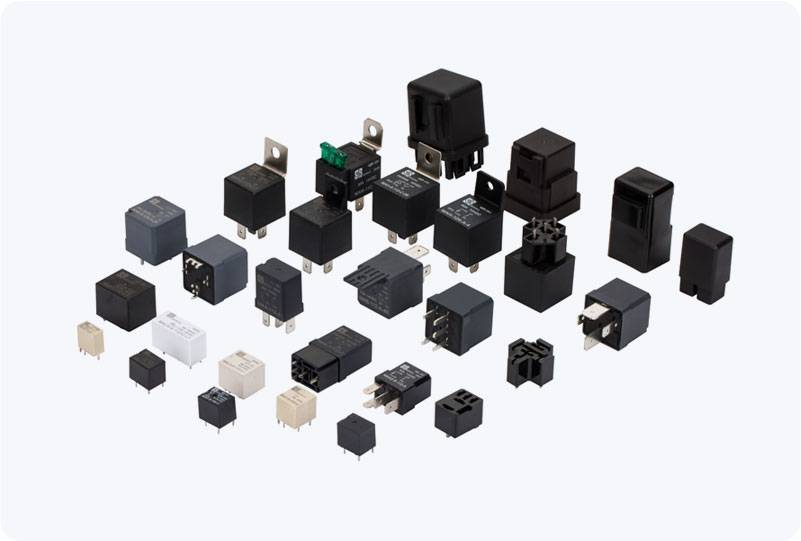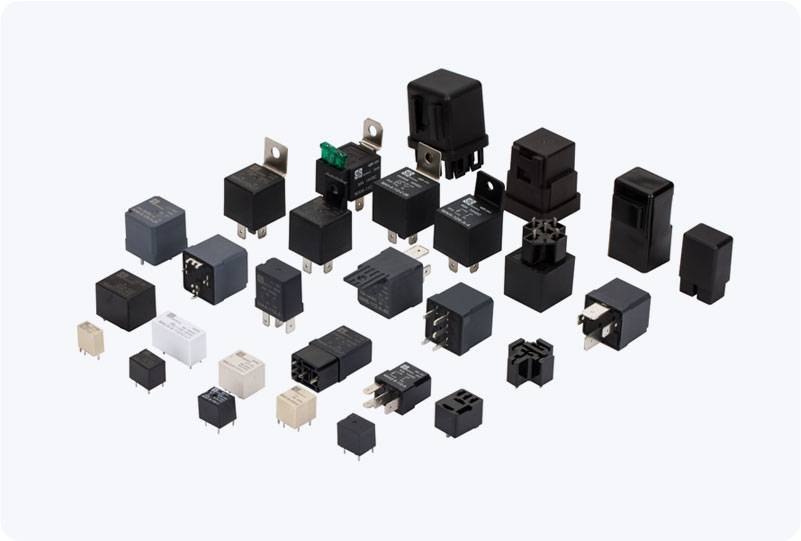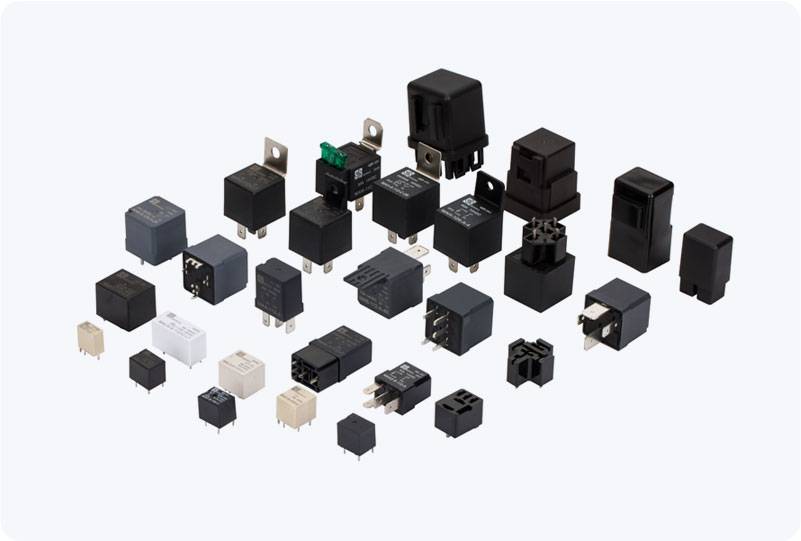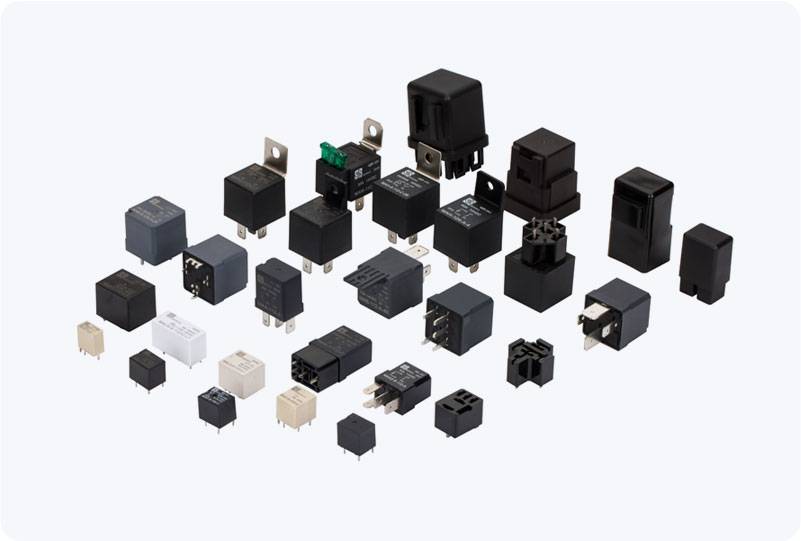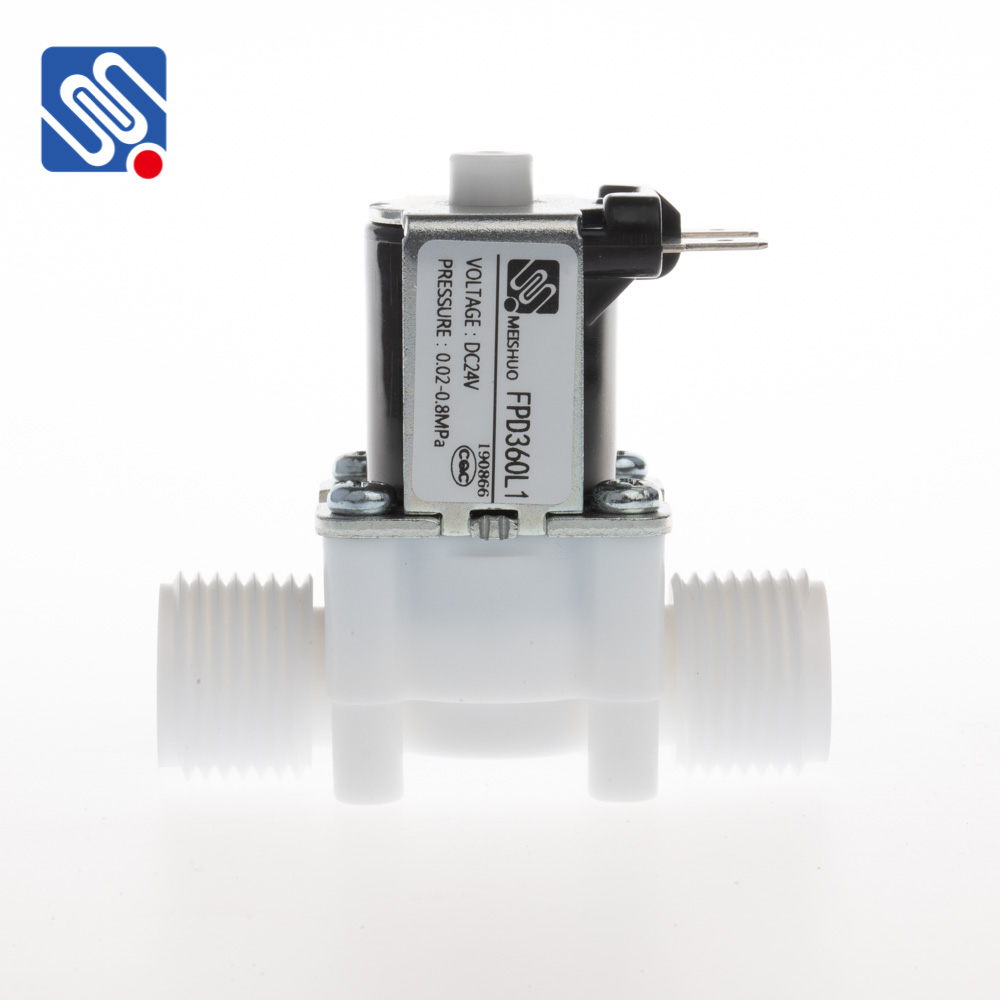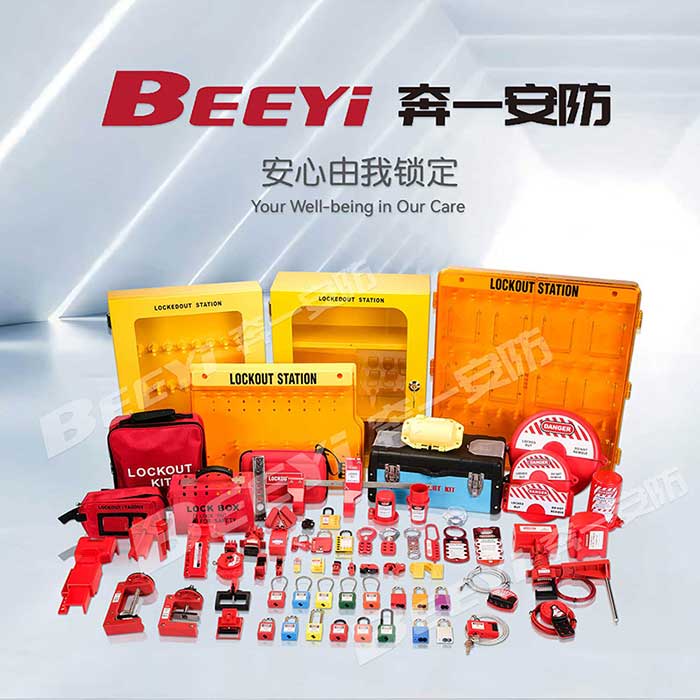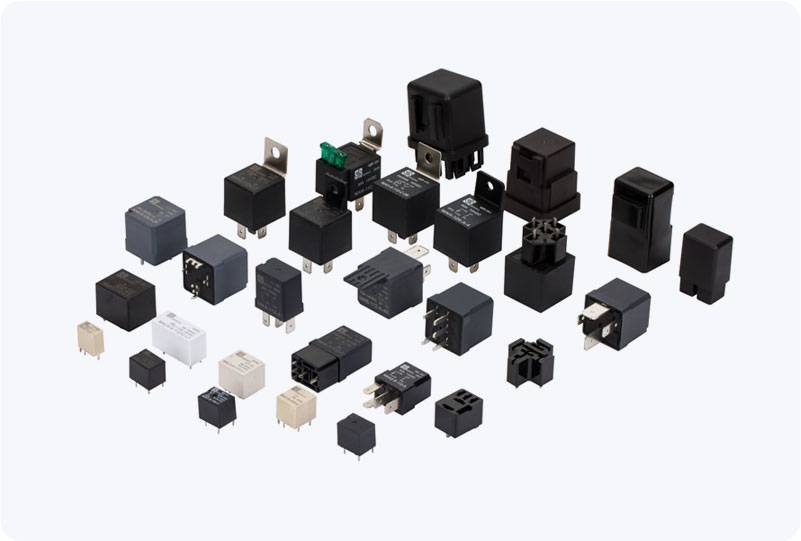In recent years, electrical safety has become a top priority across industrial sectors worldwide. As workplaces become more complex and machinery more advanced, ensuring the safe operation of electrical systems is critical to protect workers and prevent accidents. Electrical equipment lockouts play a pivotal role in this regard, and China has emerged as a leading manufacturer of these essential safety devices.

Understanding Electrical Equipment Lockouts Electrical equipment lockouts are safety devices used to prevent the accidental release of hazardous energy during maintenance, repair, or other activities involving electrical systems. They ensure that electrical equipment, such as circuit breakers, switches, or control panels, remains in a de-energized state, thereby reducing the risk of electrical shock, burns, or other injuries caused by unexpected energization. A typical electrical lockout device includes components like padlocks, hasps, and locks that secure the electrical components in the “off” position. These devices are designed to be tamper-proof and durable, ensuring that unauthorized personnel cannot access or re-energize the equipment. They are especially useful in workplaces like factories, power plants, and construction sites, where workers need to perform tasks on high-voltage electrical equipment.
